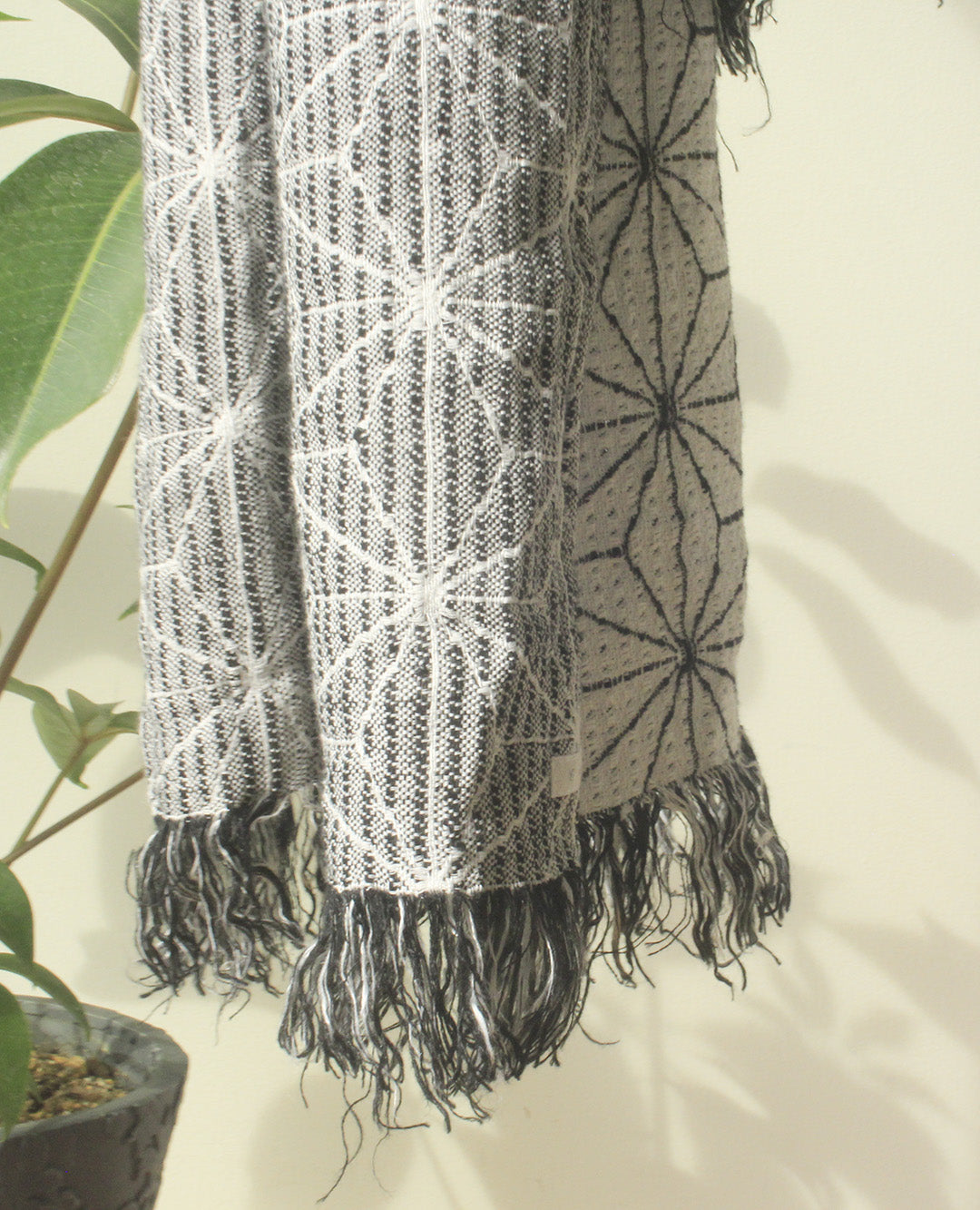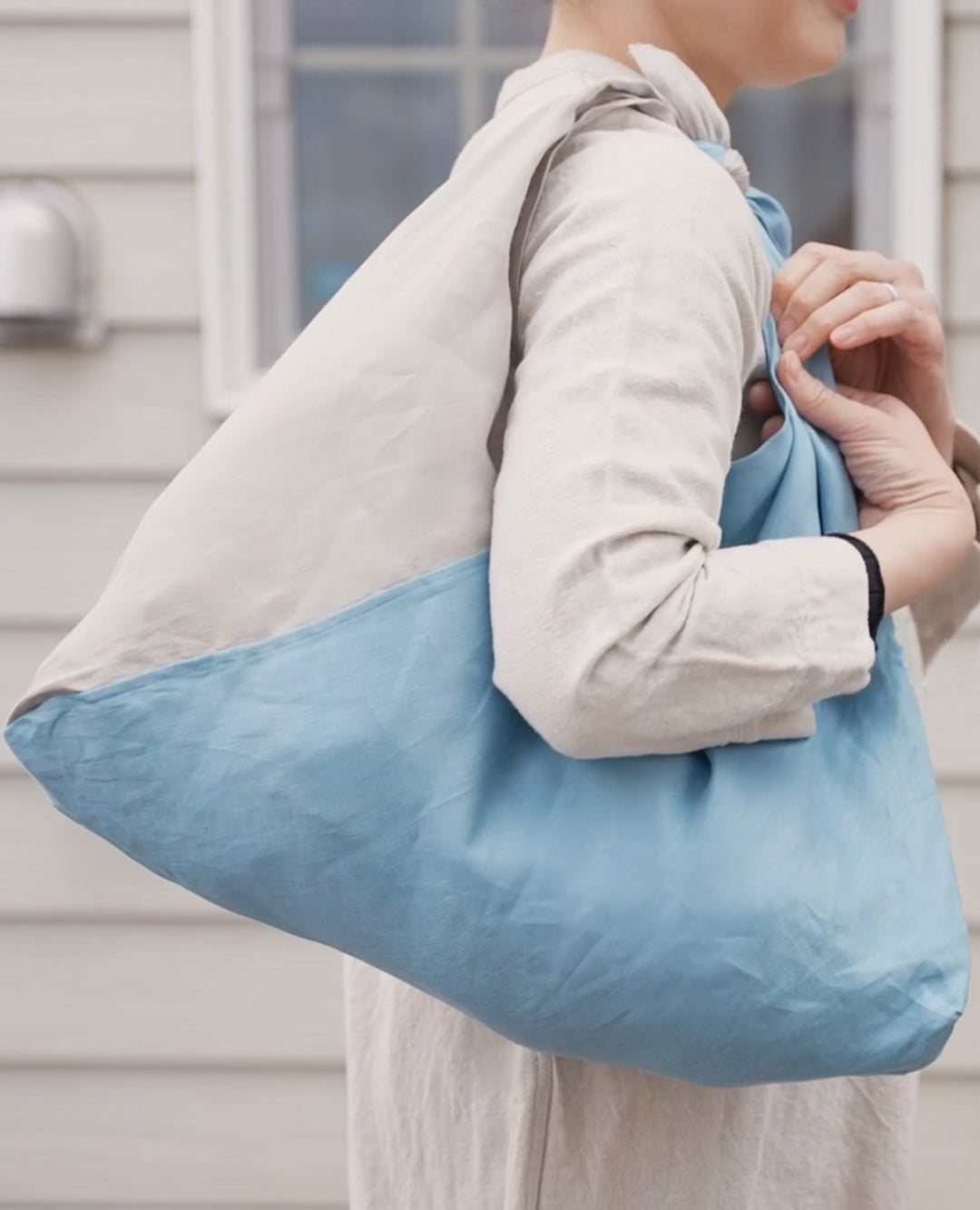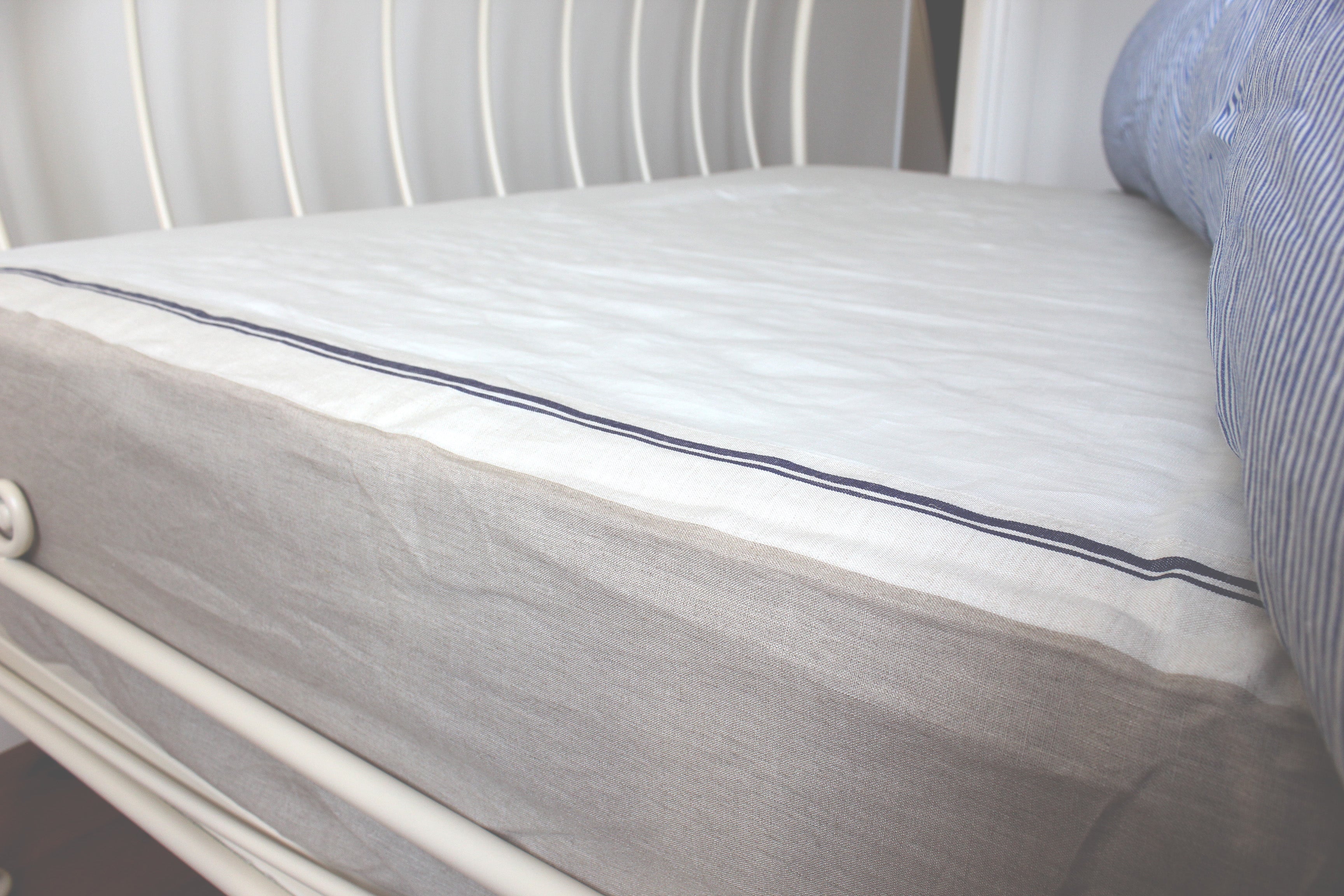
“Life is but a tissue of habits.”
— Henri-Frédéric Amiel
If we believe that, we can change our life by changing our habits. And I think that good habits are about having a good routine in our daily life. In this blog, I would like to introduce our products as things to accompany such a good daily routine.
”人生は習慣の織物である”ーアンリ・フレデリック・アミエル
そう信じれば、習慣を変えることで人生が変わるはずです。そして、よい習慣は日常によいルーティンを持つことだと思います。このブログでは、そのようなよいルーティンに寄り添うためのモノとして、弊社の製品を適宜ご紹介しよう思います。
Hemp Leaf Pattern
麻の葉柄

And this became known as the hemp leaf pattern at some point. There is a good indication of the lifestyle of the Japanese people.
そしてこれが、いつの頃からか麻の葉柄と呼ばれるようになります。そこには日本人の暮らしがどのようなものであったかが見てとれます。
Familiar Hemp
身近だった大麻
Before silk and cotton were introduced to Japan, Japanese people's cloth was mainly made of hemp. It was used not only for cloth, but also for Shinto and Buddhist rituals. Shime-nawa (sacred straw rope) at shrines are made of hemp. In August, the fire is lit with hemp shells during the Bon Festival. Hemp seeds are also used in shichimi (seven spices). In other words, hemp was a familiar agricultural product to Japanese people in the past. And this hemp grows about 3 meters in 100 days, and it grows straight. In the Edo period (1603-1867), it was counted as one of the three plants and four trees, which are most important commodity crops at that time.
絹や綿が日本に伝わってくる以前の日本人の布は、大麻のものが中心でした。布だけではなく、神事や仏事にも活用していました。神社のしめ縄は大麻ですし、8月のお盆には苧殻(おがら。大麻の茎の皮の部分)で火をともします。また、麻の実は七味にも入っています。つまり、昔の日本人には大麻は身近な農作物だったのです。そして、この大麻は、100日で約3mも育ち、しかも真っすぐに伸びるのです。江戸時代には三草四木に数えられ、当時の重要な商品作物でもありました。

This is a picture of a cluster of hemp plants. It looks somewhat like a hemp leaf pattern.
大麻の群生する様子。どことなく麻の葉模様に見える。
Yes, the name "hemp leaf pattern" was derived from the "appearance of hemp leaves," which were closely related to the daily life of the Japanese people.
そうです、麻の葉柄という呼び名は、日本人の暮らしに深く関わっていた「大麻の葉の様子」になぞらえたものだったのです。
Pattern popularized by idols
アイドルが流行らせた柄
When the hemp leaf pattern was originally created, it was used exclusively for Buddhist art such as Buddhist statues. It was not until the Edo period (1603-1867) that this pattern came to be used as a costume pattern for kimonos. It is said that this pattern became popular at once when Kabuki actors, who are now considered idols, wore it. It must have looked really cool. At the same time, the pattern came to be called the hemp leaf pattern, and people at that time may have thought that the power of hemp would protect them from the causes of disease.
元来は麻の葉柄が誕生した頃は、もっぱら仏像などの仏教美術に使われていました。そして、この柄が衣装模様として着物に使われるようになったのは、江戸時代からだそうです。今で言うアイドル的存在の歌舞伎役者が着ていたことで、一気にこの柄が流行したとか。さぞかしカッコよく見えたのでしょう。同時に麻の葉柄と呼ばれるようになって、大麻の持つ生命力や真っすぐに伸びる姿を重ね合わせていったと思われます。

Representative Japanese design
日本を代表するデザイン
By the way, how is the hemp leaf pattern made? First of all, the basic part of this pattern is composed of regular hexagons. This is a special type of regular polygon, similar to a beehive, which can be laid out on a flat surface or space without gaps, along with equilateral triangles and squares. In other words, the hemp leaf pattern can be said to be made up of these regular hexagons.
ところで麻の葉柄はどのように作るのでしょうか。先ず、この柄の基本部分は正六角形で構成されています。これは、ハチの巣と同じで、空間や平面にすき間なく敷き詰めることが出来る正三角形や正方形と並ぶ特別な正多角形なのだそうです。つまり麻の葉柄はこの正六角形を敷き詰たものとも言えます。

Connect the diagonals of each of these regular hexagons. This creates six equilateral triangles.
この正六角形の各対角線を結びます。すると6個の正三角形が出来ます。

Finally, draw three isosceles triangles of the same size inside all six equilateral triangles.
最後に、6個の正三角形すべての中に同じサイズの二等辺三角形を3個ずつ描きます。

Then, it turned out to be a hemp leaf pattern.
するとどうでしょう、麻の葉柄になりました。

Thus, the hemp leaf pattern is one of the geometric patterns, but it came to be called so because it resembled the leaves of the hemp plant, which became a familiar pattern to the Japanese people. Today, it can be said that this design symbolizes the Japanese way of life.
このように麻の葉柄は、幾何学模様の一つですが、それが、日本人にとっては大麻の葉に似ていたことから、いつしかそう呼ばれるようになり、日本人にとって馴染みの柄になっていったということです。今日に至っては、日本の暮らしぶりを象徴するデザインと言っても過言ではないと思います。
Weaving hemp leaf pattern cloth
リネンで麻の葉柄を織る
As you know, the cultivation of hemp is regulated in Japan. Spun yarn is imported from overseas under the name "hemp," but it is not the traditional Japanese spun yarn, so it is almost impossible to make hemp cloth in the traditional way.
さて、麻の葉柄の由来になった大麻は、ご承知の通り、国内での栽培は規制されています。ヘンプという呼び名で、海外から紡績糸は輸入されていますが、日本古来の績(う)んだ糸ではないので、昔ながらの大麻の布つくりは、ほとんど出来ないのが実情です。
記憶にまだ新しい皇室行事の「大嘗祭(だいじょうさい)」で「麁服(あらたえ)」を調進した徳島県阿波忌部(あわいんべ)直系の三木家当主のインタビュー記事からも大麻布作りの大変な様子がうかがえました。

Our company made linen textiles with the hemp leaf pattern, which has now become an important pattern for the Japanese. We made this textile not only because it represents the spirit of the Japanese people, but also because we felt it was simply beautiful as a design.
弊社では、今となっては日本人にとって大切な模様となった麻の葉柄でリネンの織物を作りました。日本人のスピリットを表すだけではなく、単純にデザインとして美しいと感じたからです。

This is flax, the raw material for linen. It is very beneficial to mankind like hemp.
こちらはリネンの原料になる亜麻(フラックス)です。種類は違いますが、こちらも繊維は糸になります。主にヨーロッパで栽培されていますが、大麻のように成長の速い植物で、実からは亜麻仁油が採れるなど、やはり人類にとって大変ありがたい植物である点で大麻と同じではなでしょうか。
We would like to introduce a few of our products which are made of our hemp leaf pattern textiles.
弊社の麻の葉柄がどのようなものか少しだけ、商品のご紹介をいたします。
Hemp leaf pattern scarf 麻の葉柄ストール


Hemp leaf pattern bag&pouch 麻の葉柄バッグ&ポーチ



A pattern that is new in its oldness
不易流行の柄
For better progress, it is important to maintain the right balance, incorporating both the old and the new. Bags and scarves with hemp leaf patterns can be coordinated in a variety of ways at any time of the year.
今も昔もカッコいいものや可愛いものは人の心を掴むのです。洋装の時代になった現在でも、麻の葉柄のバッグやストールは様々なコーディネートで楽しめます。不易流行とは、まさにこの模様のためにある言葉と言えなくもありません。日本人が生んだ日本オリジナルの麻の葉柄を生活の一部に取り入れることで、この国が育んだ美しいものの数々に思いを馳せることができたら素敵ですね。




